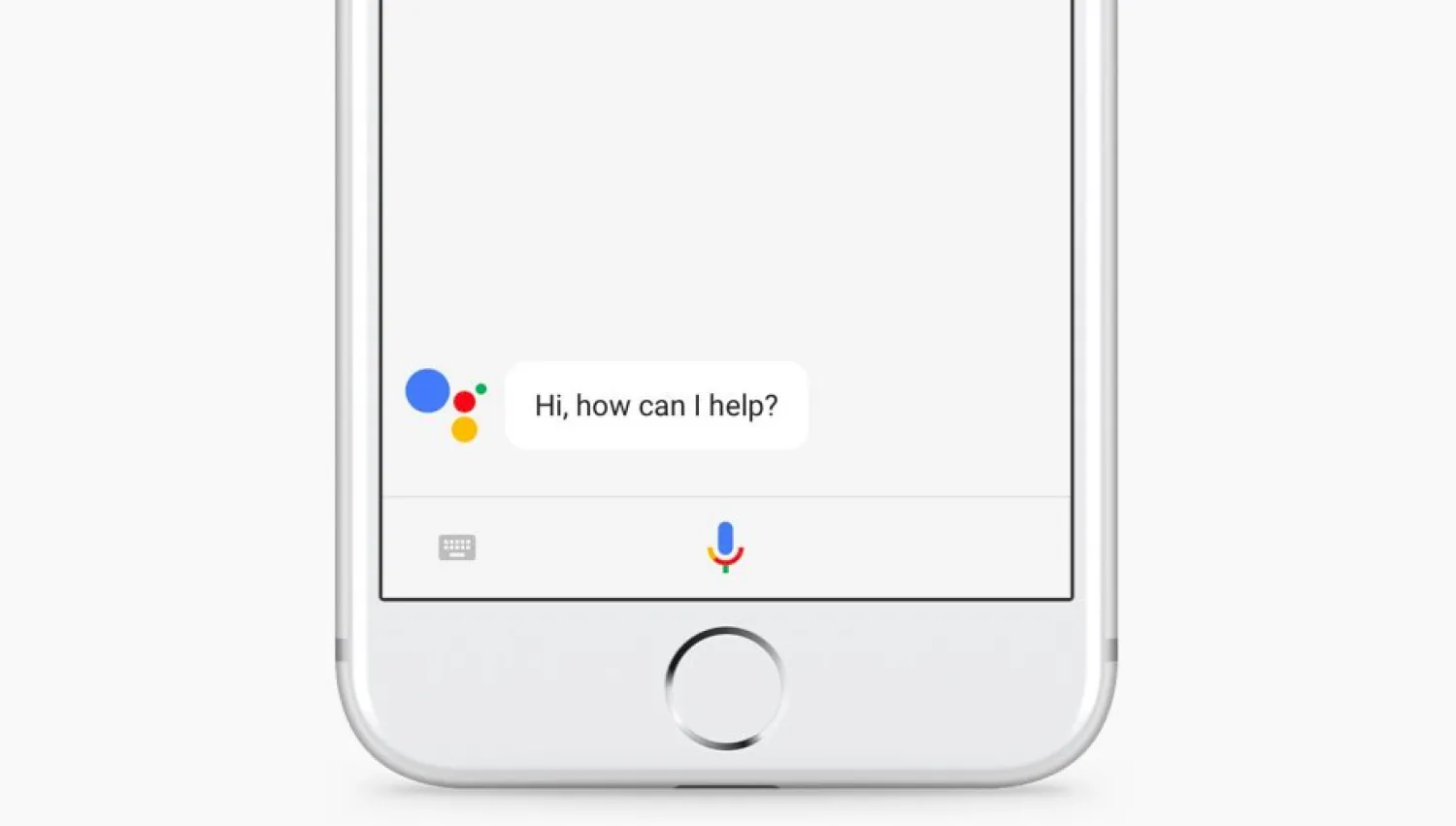Google intends to add more than 20 languages to its voice-command based digital assistant app by the end of this year. The voice assistant will be available in more than 30 languages by the end of 2018, but noticeably absent is Arabic.
In the next few months the Google Assistant will be able to respond by text in Danish, Dutch, Hindi, Indonesian, Norwegian, Swedish and Thai on Android phones and Apple iPhones, the CNET.com website reported.
Nick Fox, Google's vice president of product, said in a blog post that the assistant will be available in more than 30 languages, reaching 95 percent of all eligible Android phones worldwide, reported the German news agency.
The assistant currently responds in eight languages by text on Android phones: English, French, German, Italian, Japanese, Korean, Spanish and Brazilian Portuguese.
Fox said Google Assistant will also gain multilingual speech later this year, allowing the assistant to understand you fluently in multiple languages, instead of just one. This feature will start with English, French and German.
"If you prefer to speak German at work, but French at home, your assistant is right there with you," he added.







